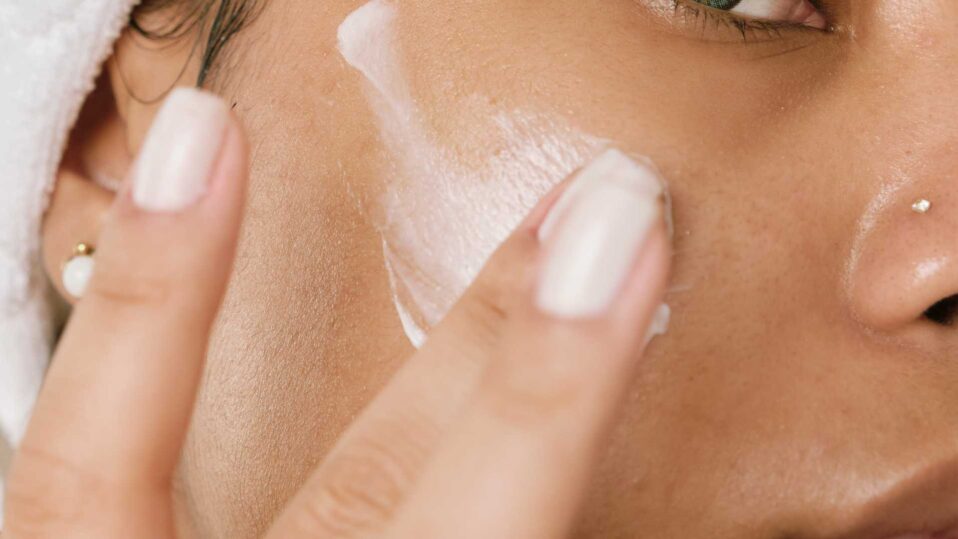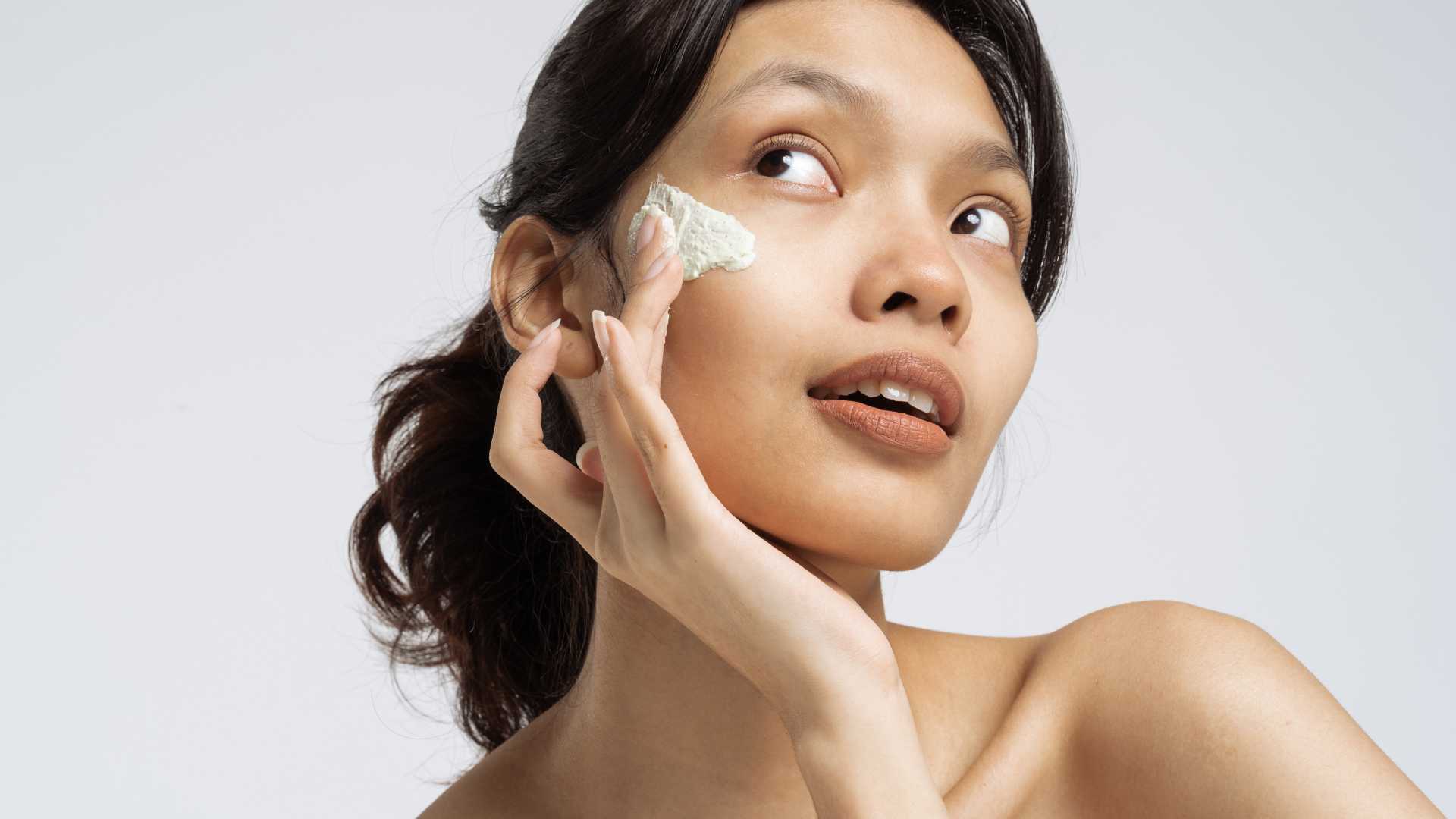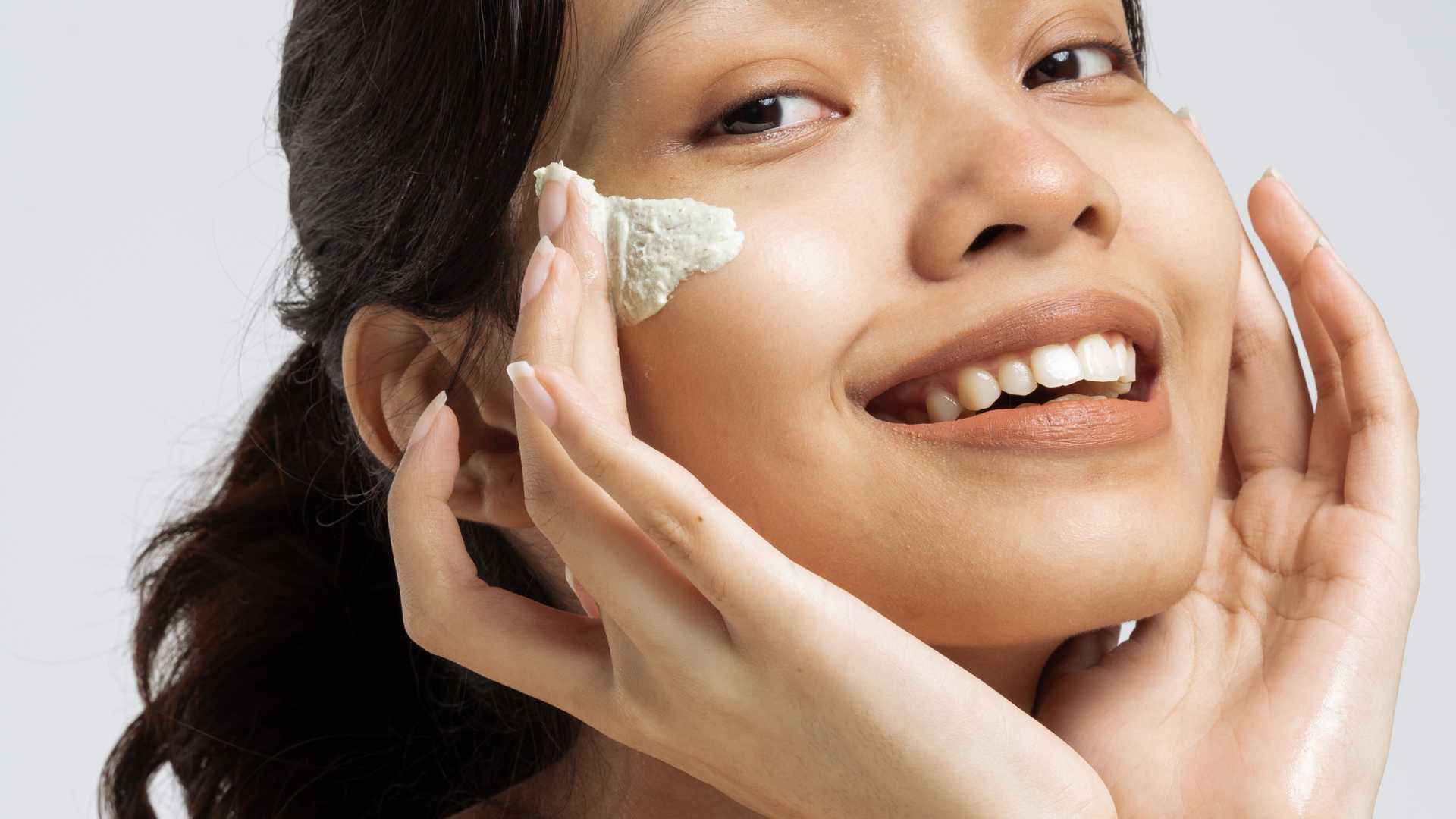How ancestral beauty rituals are making a comeback in our modern routines

In the modern era where convenience is key, it’s fascinating to observe how the old and the traditional are making a grand comeback. This renaissance is not just limited to fashion or design elements but has permeated even into our daily beauty routines. An increasing number of people are gravitating towards age-old beauty rituals, embracing the wisdom of our ancestors and the power of natural ingredients.Let’s delve into how these ancient techniques are reviving in our contemporary world.
- 1 The Shift to Natural Ingredients
- 2 Ancient Techniques for Modern Beauty
- 3 Craftsmanship and Community-based Production
- 4 Empowerment of Women through Traditional Beauty
- 5 The Balance between the Old and the New
- 6 Influences of Social Media on Ancestral Beauty Trends
- 7 The Environmental Impact of Ancestral Beauty Rituals
The Shift to Natural Ingredients
There is a distinct shift in the beauty industry towards natural and traditional makeup products. It is a refreshing change from the chemical-laden products that have held sway for a long time.
Natural ingredients have been used for centuries in beauty rituals across various cultures. They have survived the test of time and are now gaining popularity for their effectiveness and lack of harmful side effects. These ingredients are derived from nature and are often organically grown, which adds to their appeal.
For instance, the use of turmeric in skincare is not new. It has been a part of Indian beauty rituals for centuries, known for its antiseptic and anti-inflammatory properties. Modern skincare brands are now harnessing the power of turmeric, incorporating it into various products like face masks and creams.
Similarly, the use of oils for skin and hair care is another ancient practice making a comeback. From coconut oil to argan oil, these natural products are being recognized for their nourishing and hydrating properties and are now widely incorporated into contemporary beauty routines.
Ancient Techniques for Modern Beauty
Cultural heritage and traditional techniques are influencing modern beauty regimes as well.
The art of facial massage, for example, has deep roots in ancient Chinese and Japanese beauty rituals. These massages were designed to improve circulation, detoxify the skin, and encourage lymphatic drainage to achieve a youthful and radiant appearance. Today, facial massages have become a staple in beauty routines worldwide, with tools like jade rollers and gua sha stones gaining popularity.
Similarly, hair care routines have also been profoundly influenced by ancient practices. Natural remedies like amla, reetha, and shikakai, traditionally used by Indian women for lustrous and healthy hair, have found their way into modern hair care products.
Craftsmanship and Community-based Production
There is a newfound appreciation for craftsmanship and community-based production in the beauty industry.
Traditionally, beauty products were crafted by local communities, using ingredients and knowledge passed down through generations. This not only ensured the quality and efficacy of the products but also supported the livelihoods of these communities.
Today, we see a revival of this trend, with many brands embracing artisanal production methods. This not only contributes to a sustainable economy but also ensures the authenticity and quality of the products.
Empowerment of Women through Traditional Beauty

The comeback of ancestral beauty rituals is not just about embracing natural ingredients and ancient techniques. It’s also about empowering women.
For centuries, beauty rituals have been a significant part of women’s lives across various cultures. These rituals were not merely about physical appearance but also about self-care, empowerment, and community building.
In reviving these traditional rituals, we are also recognizing and celebrating the wisdom and knowledge of the women who have carried these traditions. These rituals give us a sense of connection to our ancestors and cultural roots while also promoting self-care and holistic wellbeing.
The Balance between the Old and the New
While we are bringing back ancient beauty rituals, it’s essential to strike a balance between the old and the new.
The beauty of traditional methods lies in their simplicity and natural approach. However, it’s also crucial to adapt these methods to our modern lifestyles and needs.
Scientific advancements have given us a deeper understanding of skin and hair needs. By combining this knowledge with traditional wisdom, we can create beauty routines that are effective, safe, and tailored to our needs.
In essence, the revival of ancestral beauty rituals is not about discarding the new but about blending the old with the new. It’s about drawing from the wisdom of the past while embracing the possibilities of the present.
Influences of Social Media on Ancestral Beauty Trends

The resurgence of ancestral beauty rituals can largely be attributed to social media platforms. These platforms have become a hub where individuals, influencers, and brands are sharing their beauty secrets and rituals, creating unique connections across the globe.
Social media has given a voice to the wise women of various cultures who have preserved these beauty rituals passed down from generations. It has provided them a platform to share their knowledge and wisdom with a broader audience. These platforms have highlighted the effectiveness of natural ingredients and traditional techniques, promoting their inclusion in modern beauty routines.
One such example is the exceptional use of rice water for hair growth. This traditional beauty secret, widely used in Asian countries for thousands of years, has gained significant popularity in the United States and worldwide, thanks to social media. High-quality skincare products incorporating rice water are now available in the market, further emphasizing the influence of social media on beauty trends.
Similarly, the use of essential oils for skincare has been a part of Native American beauty rituals for centuries. With the help of social media, these beauty secrets are no longer confined to a particular region but are being embraced globally.
The Environmental Impact of Ancestral Beauty Rituals
The return of ancestral beauty rituals isn’t just beneficial for our skin and hair, it also has a positive environmental impact. The beauty industry has been grappling with the problem of excessive packaging and waste, which is harmful to the environment.
The use of natural ingredients and traditional techniques reduces the reliance on synthetic, chemically formulated products that often come in non-biodegradable packaging. For instance, using coconut oil for hair and skin care, a beauty secret passed down through generations in many tropical countries, eliminates the need for multiple synthetic products, reducing environmental waste.
Moreover, community-based production, a part of the revival of ancestral beauty practices, promotes sustainability. It reduces the carbon footprint associated with mass-produced beauty products, which often involve long-distance shipping and wasteful packaging.
In essence, the resurgence of ancestral beauty rituals is not just a beauty trend. It is a movement promoting holistic wellbeing, empowerment, sustainability, and respect for our environment. It is a testament to the wisdom of our ancestors, proving that in our pursuit of beauty, we need not harm our planet.
The resurgence of ancestral beauty rituals in our modern routines is a testament to the time-tested effectiveness of these practices. It’s a reflection of our desire to connect with our roots, to embrace the wisdom of our ancestors, and to adopt a more natural, sustainable approach to beauty.
As we blend the ancient with the modern, it’s essential to remember the core essence of these practices – the empowerment of women, respect for nature, community building, and self-care. It’s about creating beauty routines that nourish our skin and hair, uplift our spirits, and respect our planet.
The charm of ancestral beauty rituals is indeed intoxicating. As they make a grand comeback, we can look forward to a beauty industry that’s not just about outward appearance but also about inner wellbeing, cultural heritage, and environmental sustainability. We are rediscovering that the best beauty secrets have indeed been with us all along, passed down through generations, just waiting to be uncovered.
